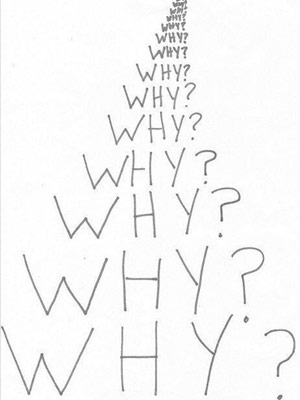 Telescoping is the process of actively switching between high level thought and the details of execution. Think of it as zooming in and out of your work. At the zoomed out view think about high level project goals: who is the audience, what is the hierarachy, am I working within or breaking existing conventions, etc. Zoomed in you can work out the specifics of execution: adding layers of polish and resolving outstanding questions.
Telescoping is the process of actively switching between high level thought and the details of execution. Think of it as zooming in and out of your work. At the zoomed out view think about high level project goals: who is the audience, what is the hierarachy, am I working within or breaking existing conventions, etc. Zoomed in you can work out the specifics of execution: adding layers of polish and resolving outstanding questions.
If I notice myself getting fixated on details sometimes I'll physically step away from my computer and look at a work-in-progress from 4-6 feet away so I have to shift focus back to a zoomed-out perspective.
• Plan and lay down the structure.
• Don’t spend all your time focusing on the details.
• Step back and evaluate.
• Repeat this process constantly.








